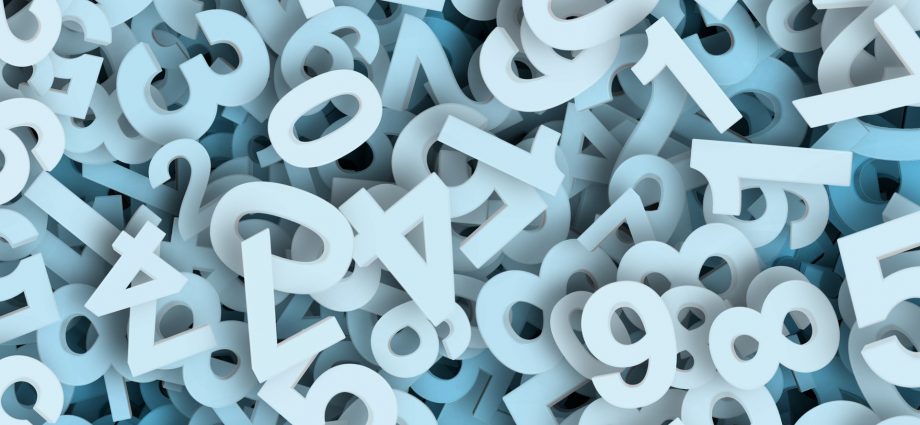Benford’s Law: Like a Magic
150 years ago, Simon Newcomb, an American astronomer, observed in a library book that the first pages were used more. About 50 years, there has not been much work done on this observation.

Frank Benford, later an engineer at General Electric, made his own observation into a mathematical link applicable to our entire universe today. It enabled us to see the world with a completely different eye like magic.
An interesting result is how often the first digits are repeated when you look at a list of numerical data. Before this comparison, you might think they will all come out equally. Let’s also consider this; Are there the same number of ants and elephants all over the world? Or consider all the datasets you deal with, such as atomic weights, censuses, cost data.
Conclusion: The realization percentage of natural digits from 1 to 9 decreases as the number increases.
Benford called his formula the “Law of Abnormal Numbers”, but nowadays it is simply known as “Benford’s Law.”
What is Benford’s Law?
To express mathematically, the observation probability of the first digit of d was in the form of log10 (1 + 1 / d). This makes the probability of 1 occurrence in the first step around 30%, and the incidence of 9 is roughly 4.6%. The other steps show a distribution as in the image below.

As the studies on the subject increase, it has been shown that the Benford law is valid in all data sets such as electricity bills, street addresses, stock prices, population, death rates, river lengths, distances of galaxies.
Practical Applications
One of the practical uses of it is fraud and error detection. It is used to investigate the conformity of numbers in a large data set to this pattern and to detect fraud, errors, and fabrication.
For example, the law was used in 2001 to examine Greece’s economic data. It was understood that the numbers were manipulated to join the European Union.
Today it is used to detect fake news and images. We know that digital photos are based on numbers. If this image is processed, the numbers that make up the image lose their conformity to formula.
Tax frauds, voting data, and even whether the COVID-19 figures are explained correctly are among the analyzes made. Boot accounts can also be revealed with social media analysis.
There seems to be a mathematical order in the chaos, coincidences, and difficulty in our lives for which no one knows exactly. Numbers that rule us secretly, just like magic …


